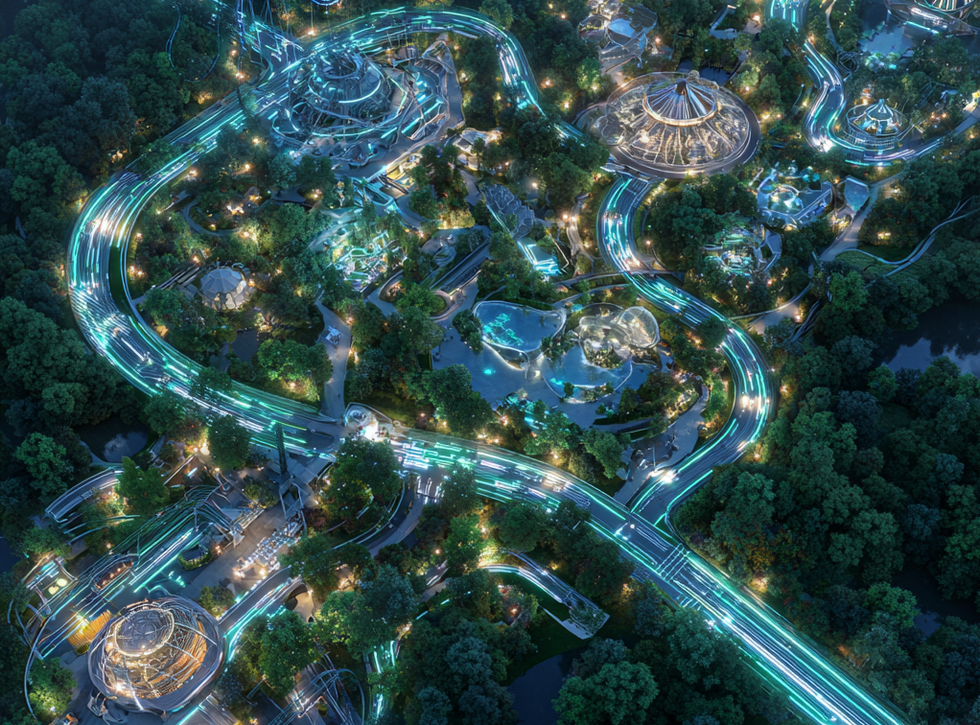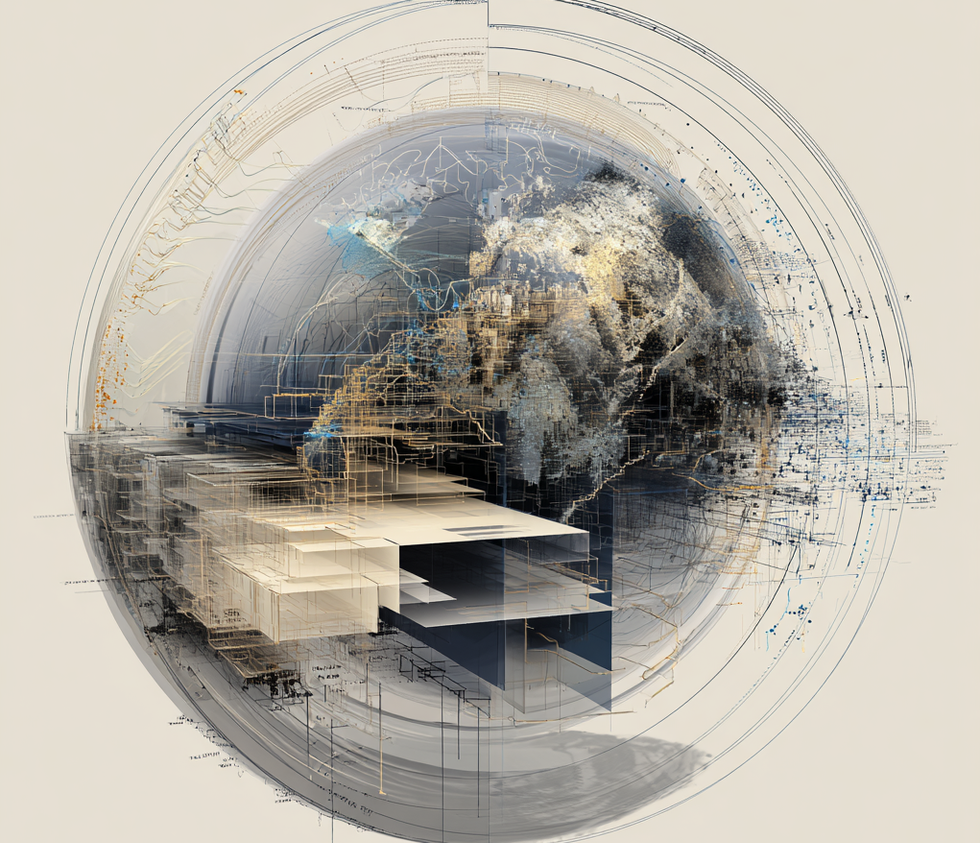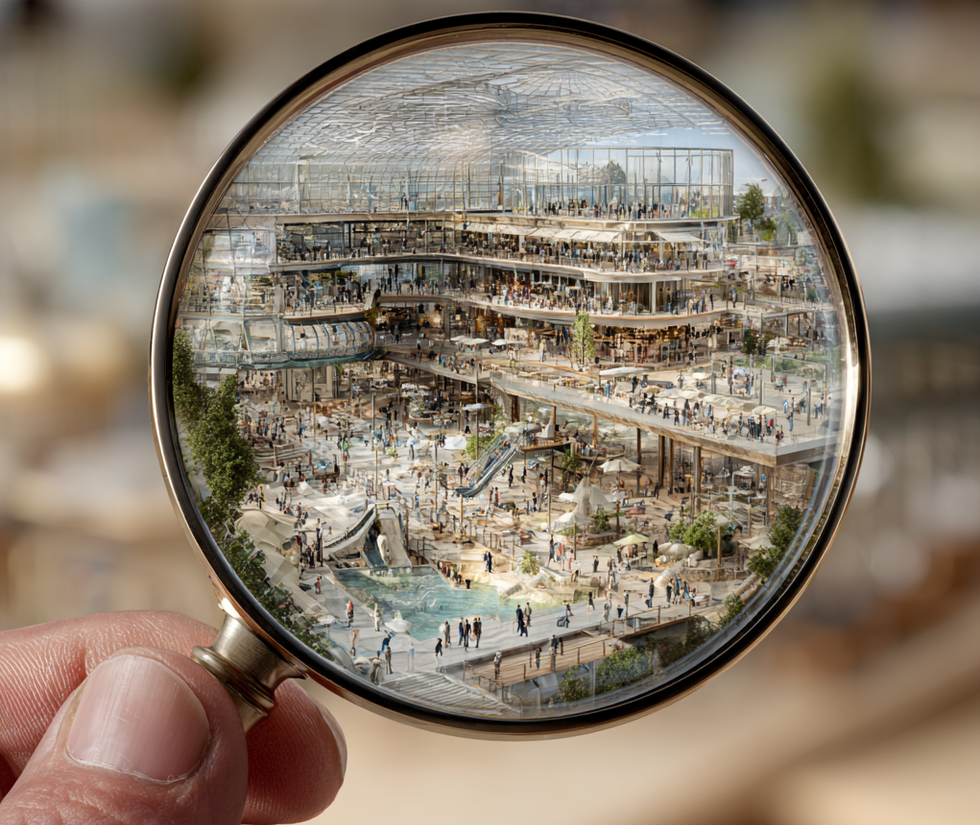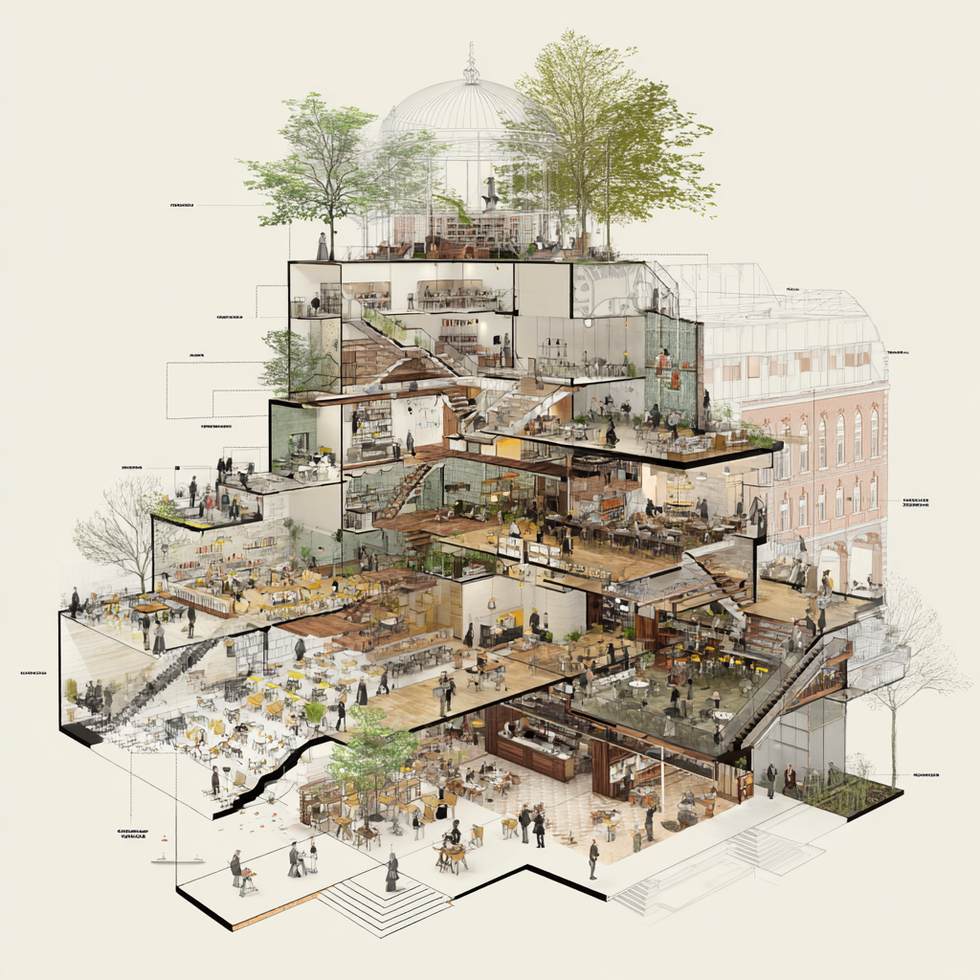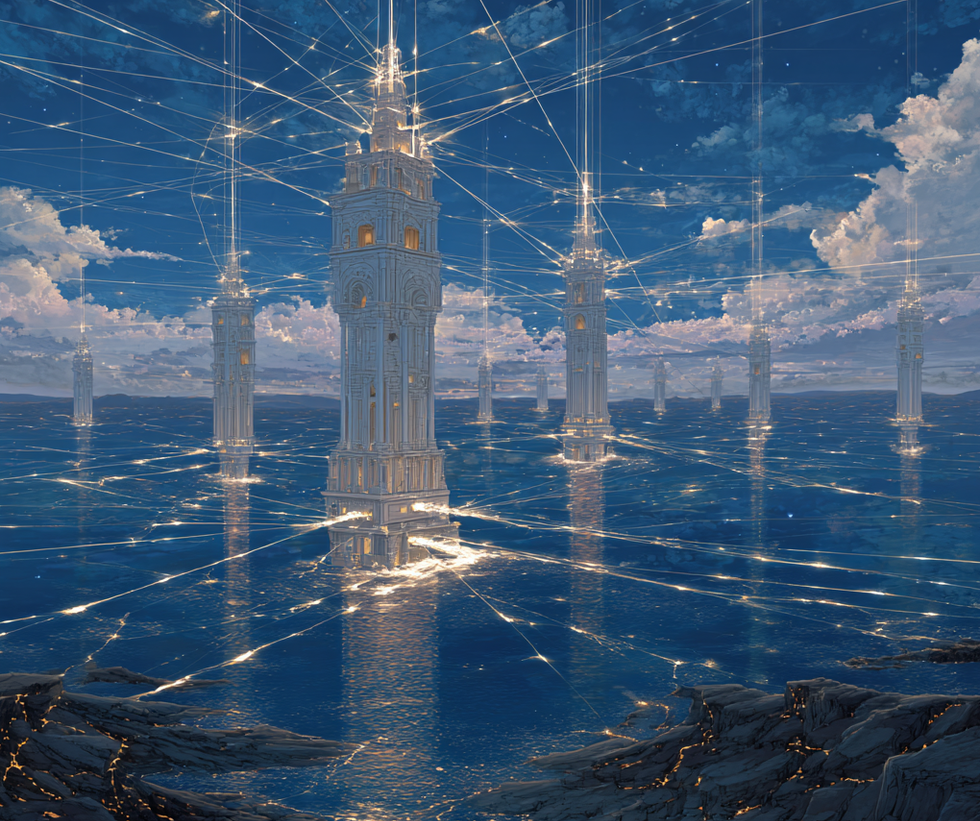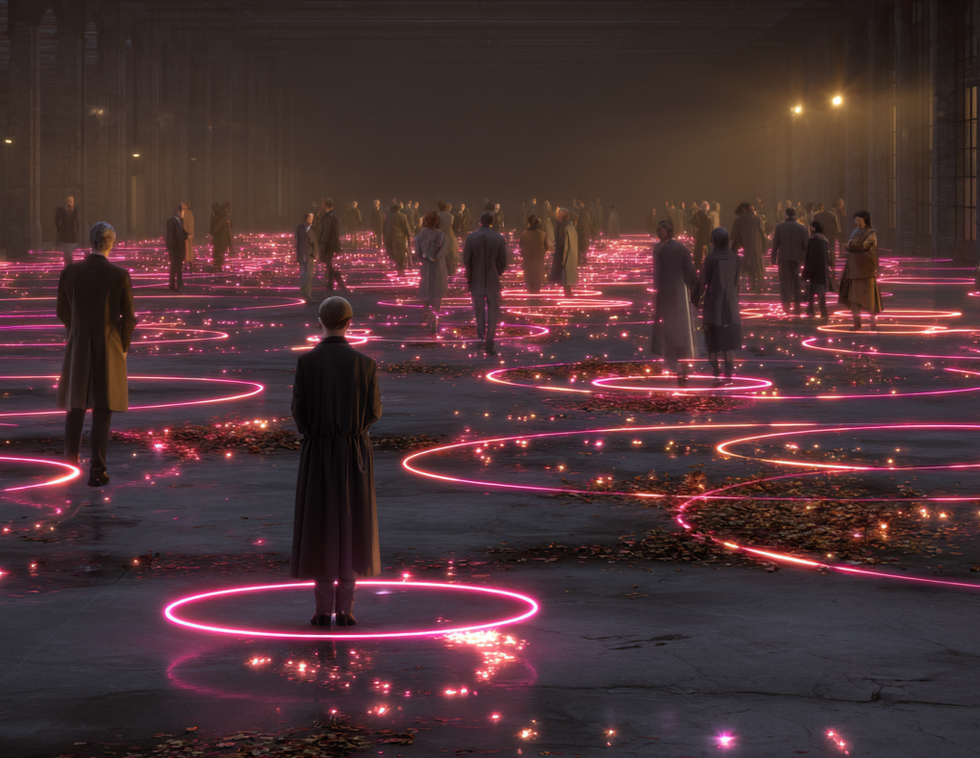A cross-disciplinary team at Museum Studio (a family of companies including Event, MET, and DPM) examines the idea of a caring museum and the shift towards integrating wellbeing and nurturing elements into museum design and interpretation.
Co-design for a caring museum
Georgia Ropek, senior bid manager
In recent years, a powerful shift has been unfolding across the cultural sector. One that reimagines the museum not only as a space for learning, but as a refuge for wellbeing, mindfulness, and emotional connection.
As people navigate increasingly fast-paced and digitally saturated lives, there is a growing demand for slower, more intentional encounters with culture. The concept of the caring museum speaks directly to this need. It asks: What if museums didn’t just care about communities, but actively cared for them?
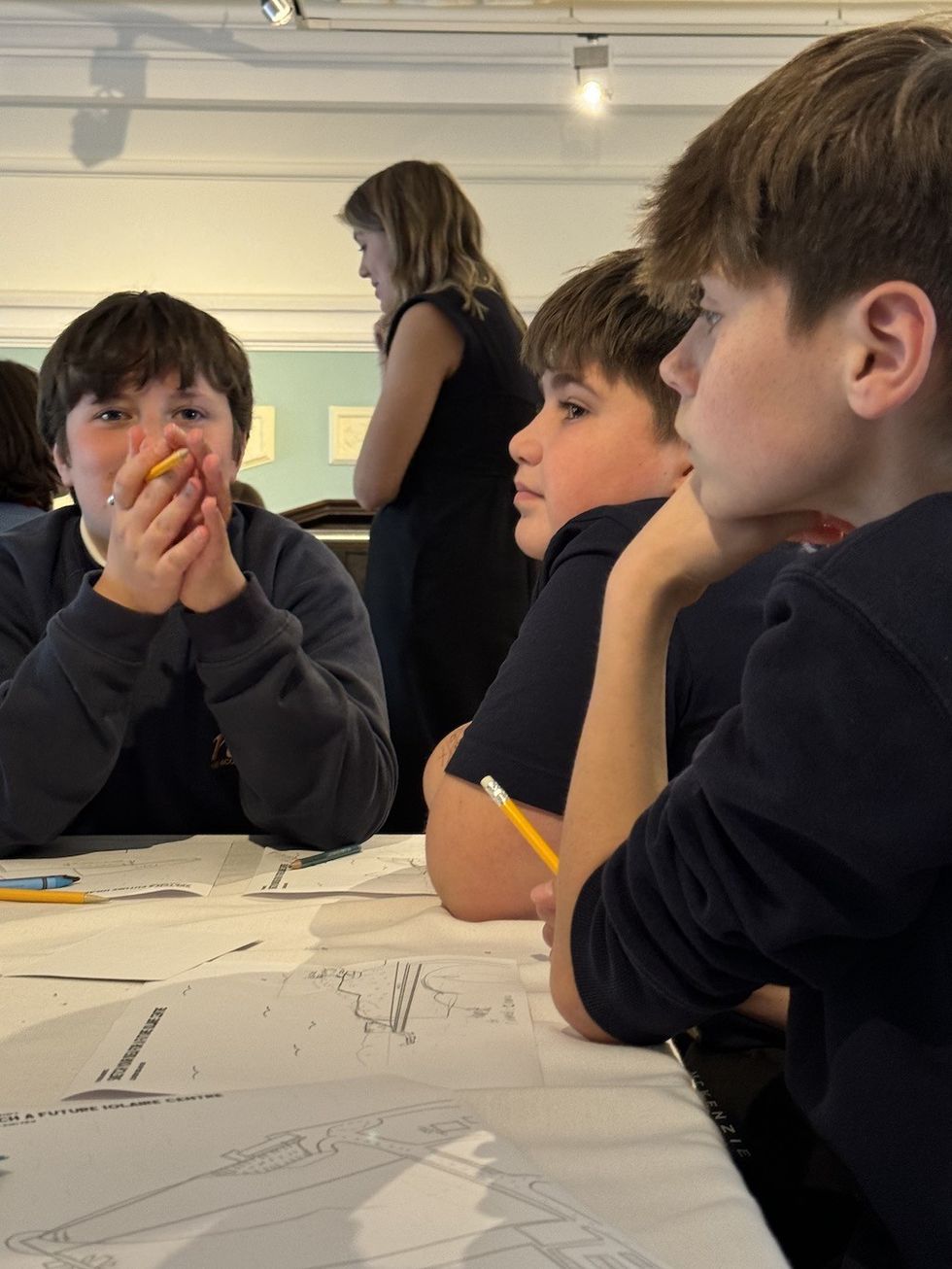
This shift also invites us, designers, curators, and institutions alike, to adopt a more collaborative, human-centred approach.
Co-design becomes a vital tool in delivering care, allowing communities to shape the spaces and stories meant to serve them. When we engage audiences not as visitors but as partners, we create environments that are not only inclusive but genuinely responsive.
This article brings together our shared reflections on how design—through spatial choices, narrative flow, sensory awareness, and, above all, co-creation—can make museums more compassionate, more relevant, and more deeply connected to the well-being of those they welcome.
Co-creation and wellbeing
Kate Hulme, associate director strategic communication/content
We look at wellbeing as the combination of a sense of connection, a sense of belonging and a sense of purpose. Or, put more simply, someone to love, somewhere to live and something to do. We have all seen the impact of this in our own lives. Dementia has drastically reduced my mother's well-being by taking away all of these things, but perhaps most painfully for her, a sense of purpose.
Culture and heritage can't solve all of everyone’s problems. But we can ensure we are targeting our efforts in a meaningful place.
The very act of co-creation can contribute to well-being through:
- A sense of connection. Can we bring people together and create the joy of a shared experience?
- A sense of belonging. Can we hand over ownership of representation to those who are being represented, so that the museum feels like a home for everyone?
- A sense of purpose. Is there a clear ownership of the task, rather than a sense of the museum (or us) retaining the power, and just delegating small, unimportant decisions?
Storytelling in a caring museum
Amanda Dimmock, associate director content
We’re continually inspired by the powerful, well-being-focused programming taking place across museums. It’s meaningful, people-focused work that’s making a real difference. Yet, despite its impact, programming often reaches only a fraction of the people who walk through the doors.
What if we could extend that same depth of care and connection into the core of our exhibitions themselves?
Exhibition storytelling offers a powerful way in. Sharing stories has long been linked to well-being, with proven mental health benefits. Neuroscience shows it can reduce stress hormones and boost dopamine and oxytocin—key to empathy and social connection. Stories help us forge bonds: between entities and across time.
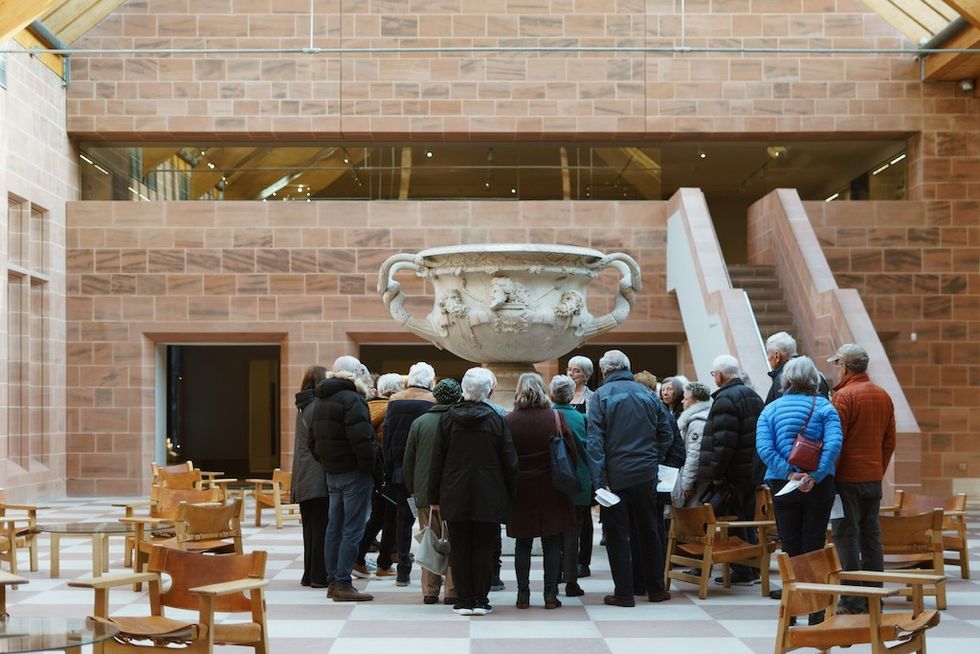
Stories also invite reflection. When visitors encounter authentic first-person narratives, they’re prompted to pause, reflect, and reconsider how they frame their own personal narratives. These moments of empathy and reflection can be quietly transformative.
But a powerful story alone isn’t enough. Exhibition design must actively support this emotional engagement, holding space for moments of mindful reflection, using sound, light and texture to ensure that stories are not only heard, but deeply felt.
The third place
Patrick Trollope, project manager
Among the old railway tunnels of Lambeth, London, there used to be a shop. Its tables became a refuge for people to come and play card games and do battle with small plastic soldiers. There was even roleplaying! This shop did good business. But more importantly, it was a space for people to congregate and explore their hobbies amongst friends and strangers.
This was my safe harbour during the early years of my career, and an important stop on Fridays. Sadly, this place no longer exists. On my way home, I still cycle past where it used to be, too tired from work, and too anxious to alter my routine to find another like it.
The loss I feel going past this empty railway tunnel is not for the loss of the access to plastic tanks. Rather, it's the absence of a third place, one where, as a neurodivergent person, I could unmask, participate - free to be included in activity, or free to chat, observe, and maybe even treat myself to a new pack of cards, without the overwhelming pressures of the outside and all its associated trials.
The truth is that museums and arts spaces are this essential third space. The modern museum must be a place where humans can congregate, learn, and, most importantly, exist as they please. Accessible, enriching, and respectful enough to tell the full story. When my old refuge was blown down, I ran to the security of the museum.
What does a caring museum look and feel like?
Thomas Tzortzi, associate director 3D design
What does care look and feel like? Warm lighting, soft materials, the smell of toast? A place to sit?
At the concept design phase, there are at least a few places designed in for visitors to sit. By opening, we are lucky to build one in a gallery space. Every centimetre of a gallery is prime real estate to convey a message, tell a story, and make you feel something tailored.
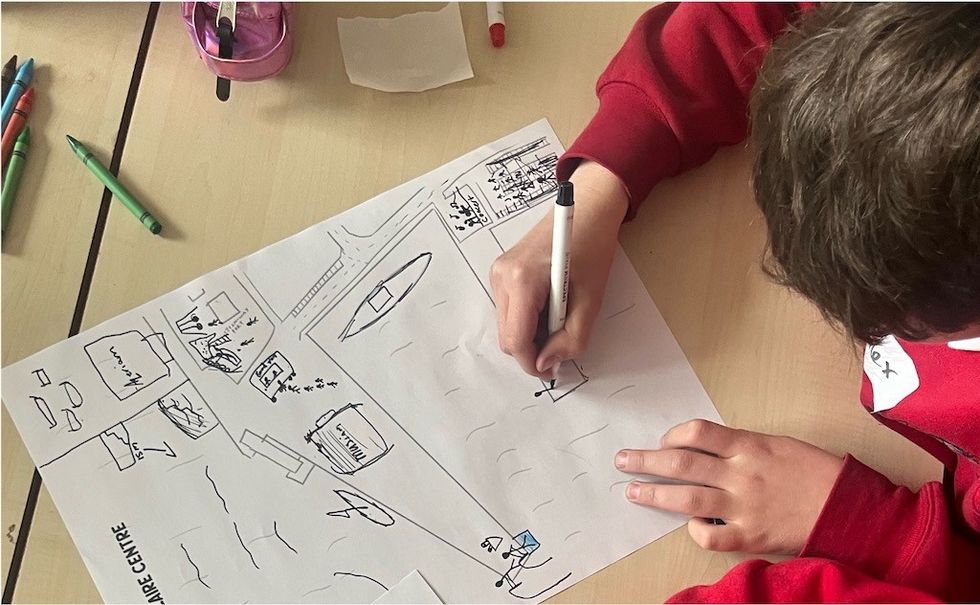
We go a long way to craft these stories, tug on your heartstrings, help you learn, escape, remember or feel cared for. And we go even further to do this together with clients and communities; to choose the right stories, objects, materials, layouts, lighting, language, lines, laminate, logos, langoustines (sometimes!). We go this distance to ensure museums care about the people they serve by designing with them.
However, there are constraints in co-design processes, especially when care looks different for different people. Soft isn’t always inviting; sometimes it makes it hard to get back up. Warm lighting might make it hard to read. And you may not even like toast, let alone have a nostalgic connection to it.
Caring for communities means designing with as many people as possible. That includes those who aren’t seated at the table - future generations, the time-poor, those yet to realise they love this place, and people yet to arrive. How do we build collaboration and community into our built gallery spaces after design is delivered and doors are open, as well as our co-design processes?
For me, an opportunity lies in the pockets of space away from function. Perhaps a place to sit, bring a sandwich, Koupepia, Aloo Gobi or whatever tickles your fancy. Or perhaps an empty showcase, a blank panel, or (albeit perhaps unlikely) some set-aside funding for the future to fill it.
Offering actual “unfunctioned” square meterage on prime real estate for future communities sends a powerful message: There is space for you here. There is a seat at this table, even if you weren’t able to be part of the process.





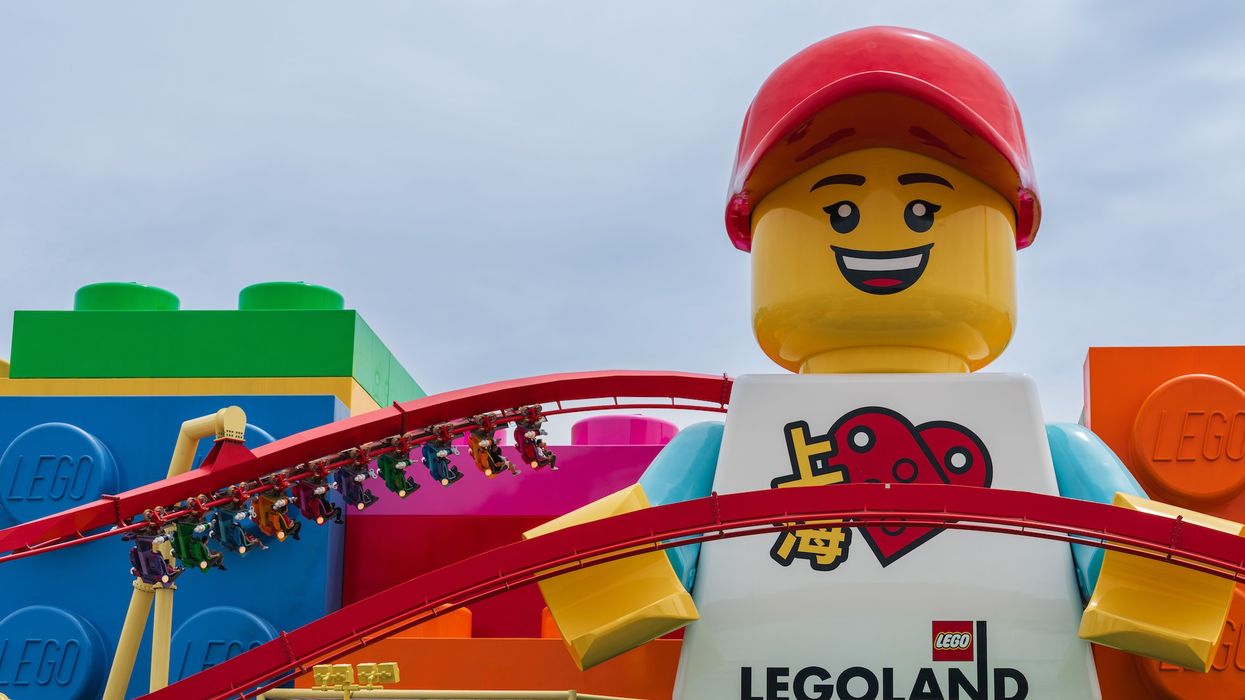

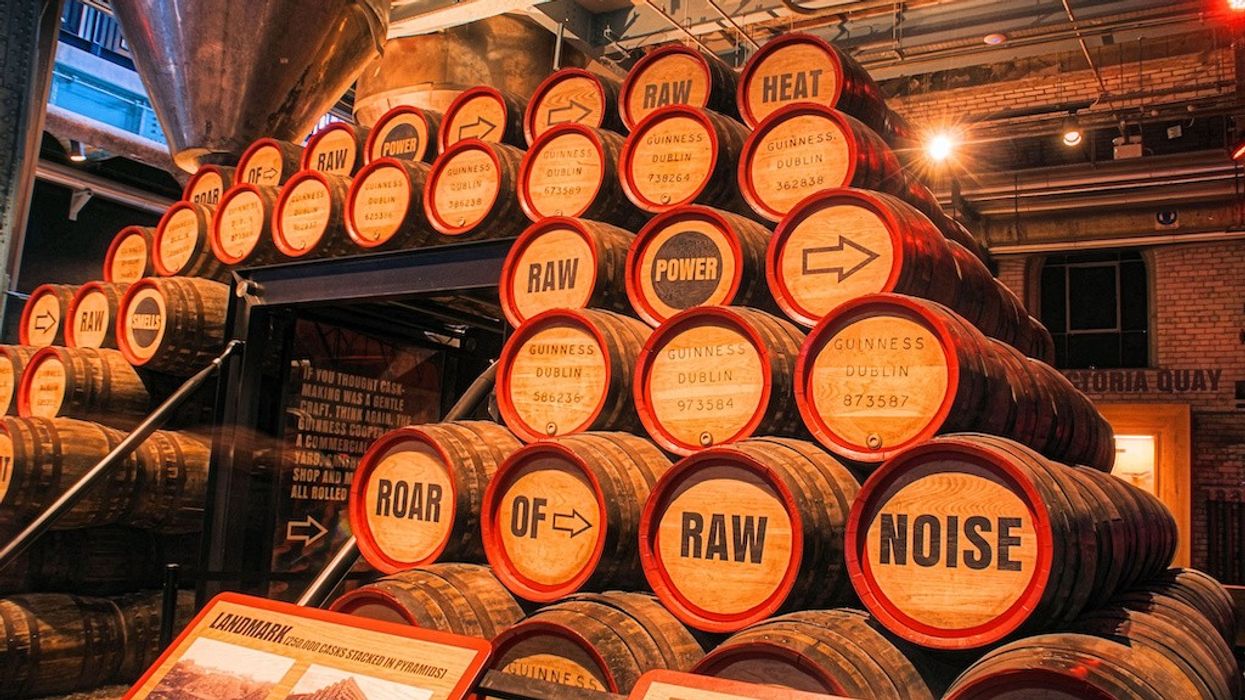
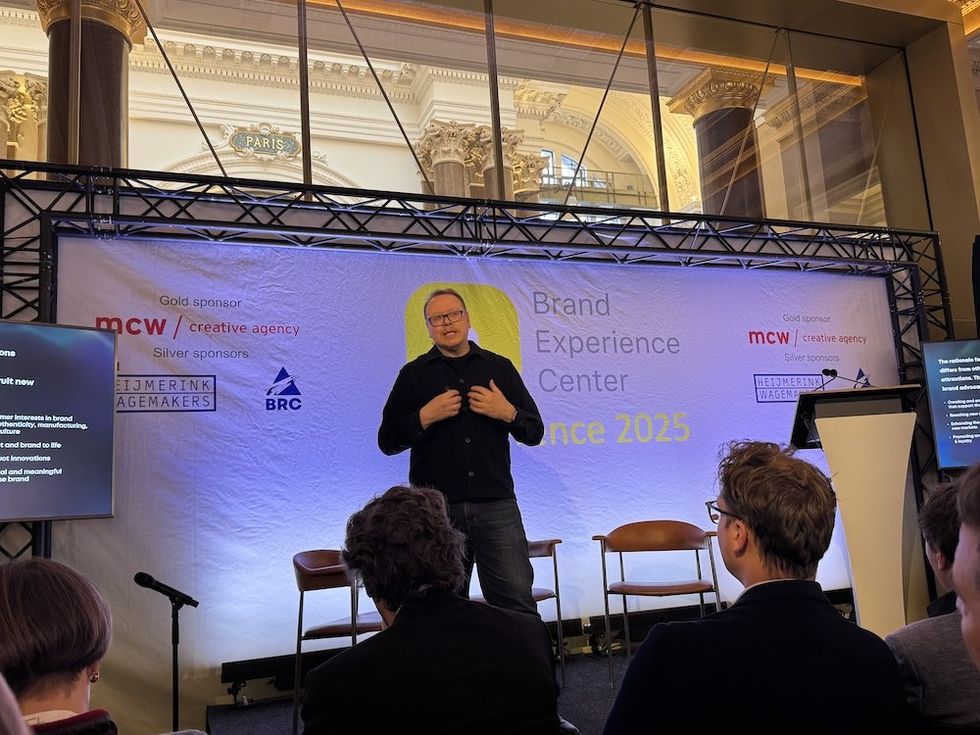 Christian Lachel, chief creative officer, BRC Imagination Arts
Christian Lachel, chief creative officer, BRC Imagination Arts  Image credit AA+W - stock.adobe.com
Image credit AA+W - stock.adobe.com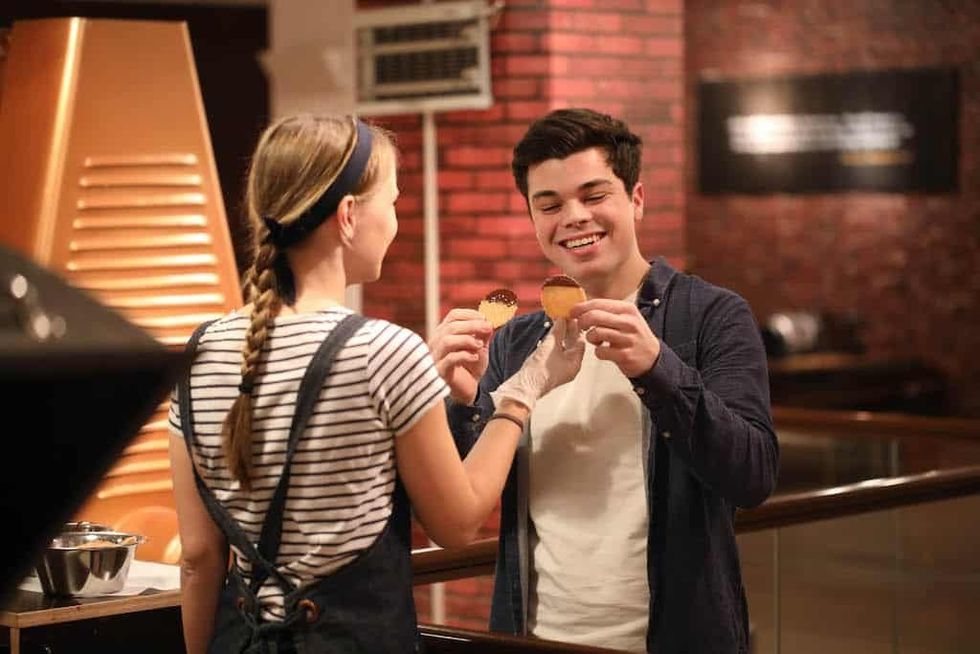 Chocoversum Image credit Sebastian Fuchs
Chocoversum Image credit Sebastian Fuchs 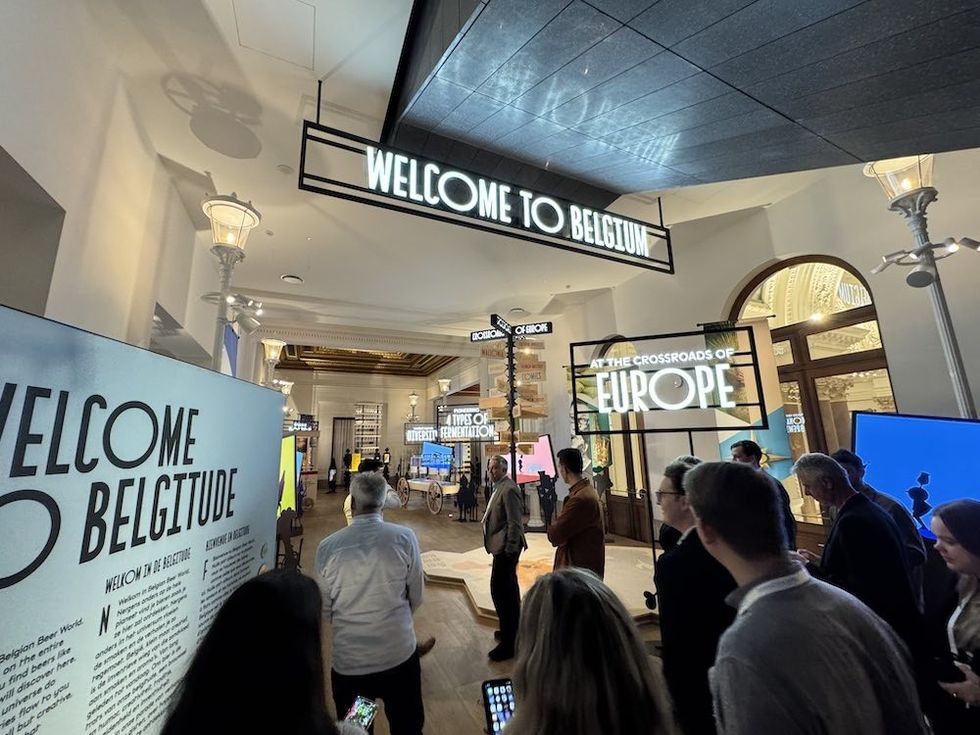 Belgian Beer World
Belgian Beer World 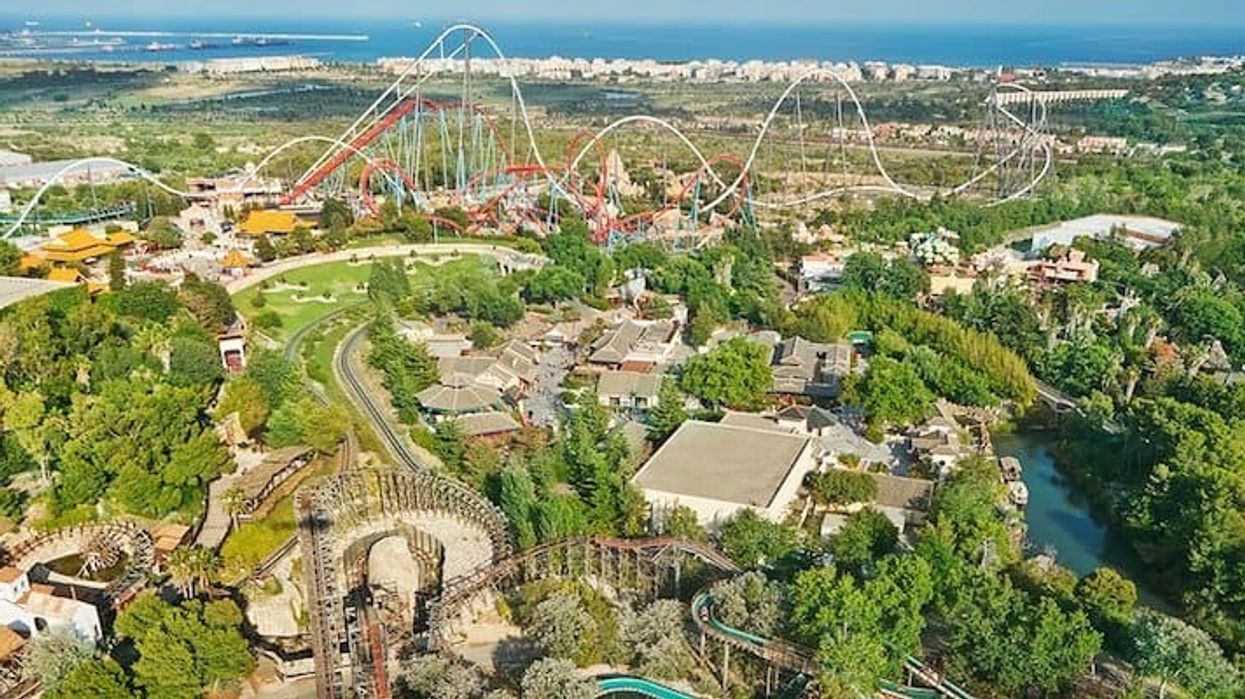


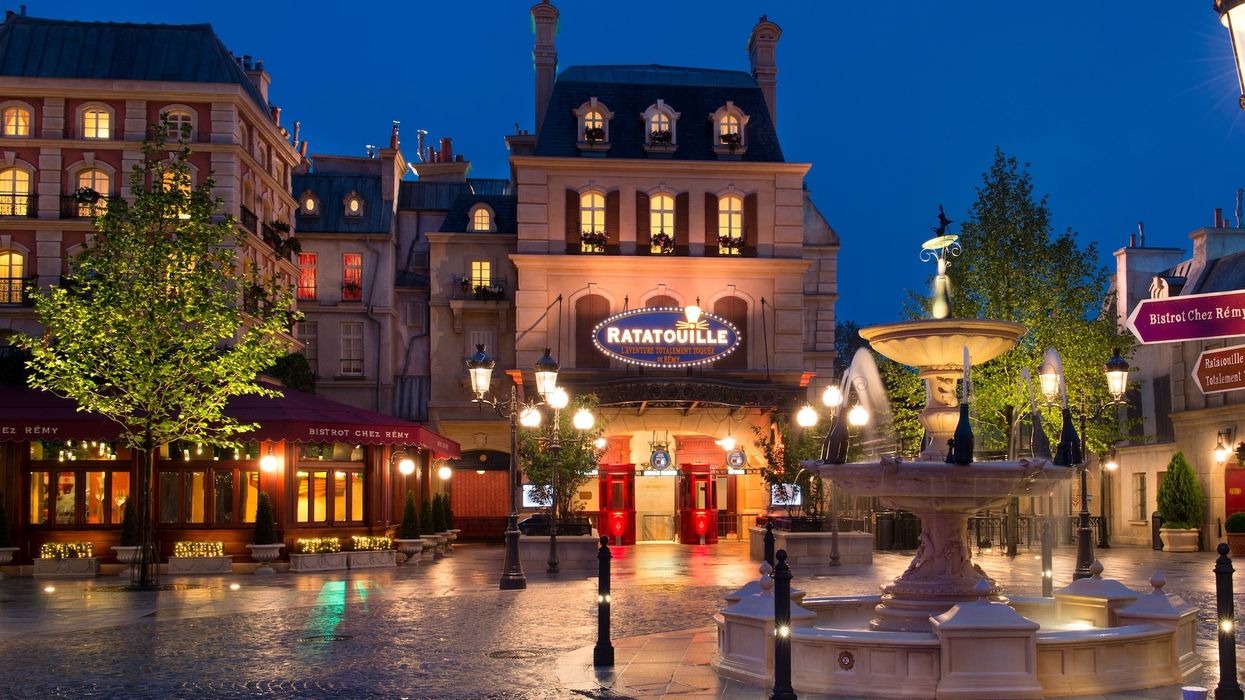
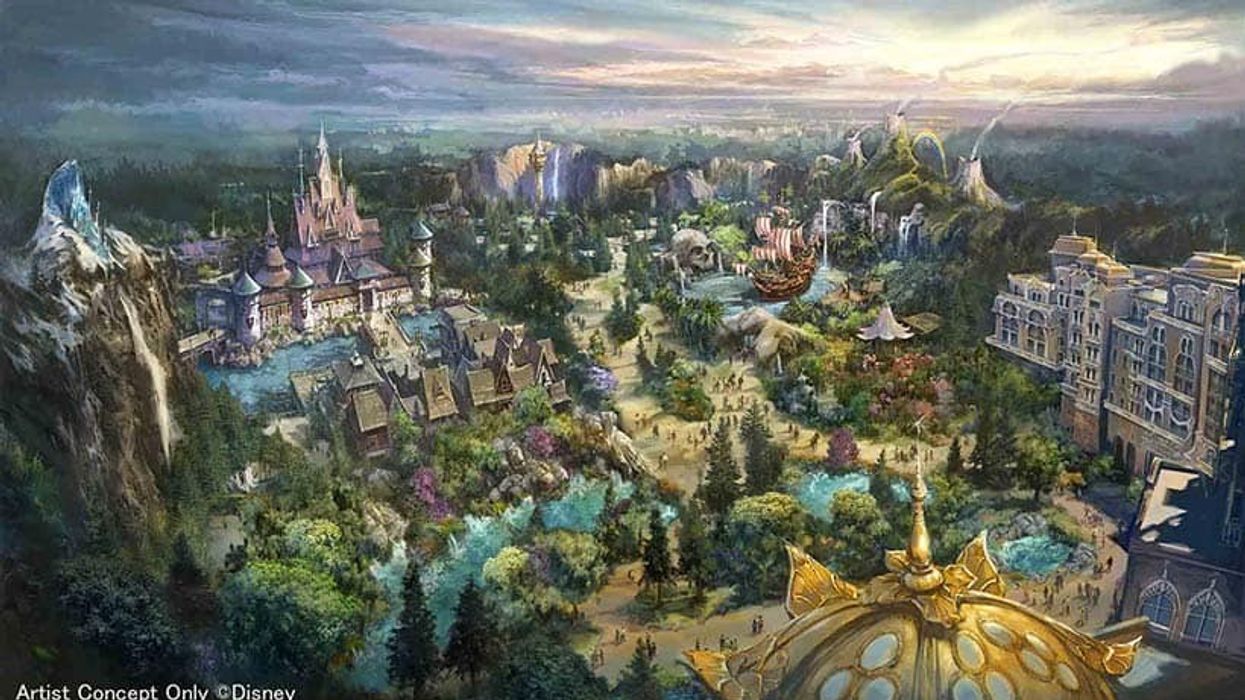

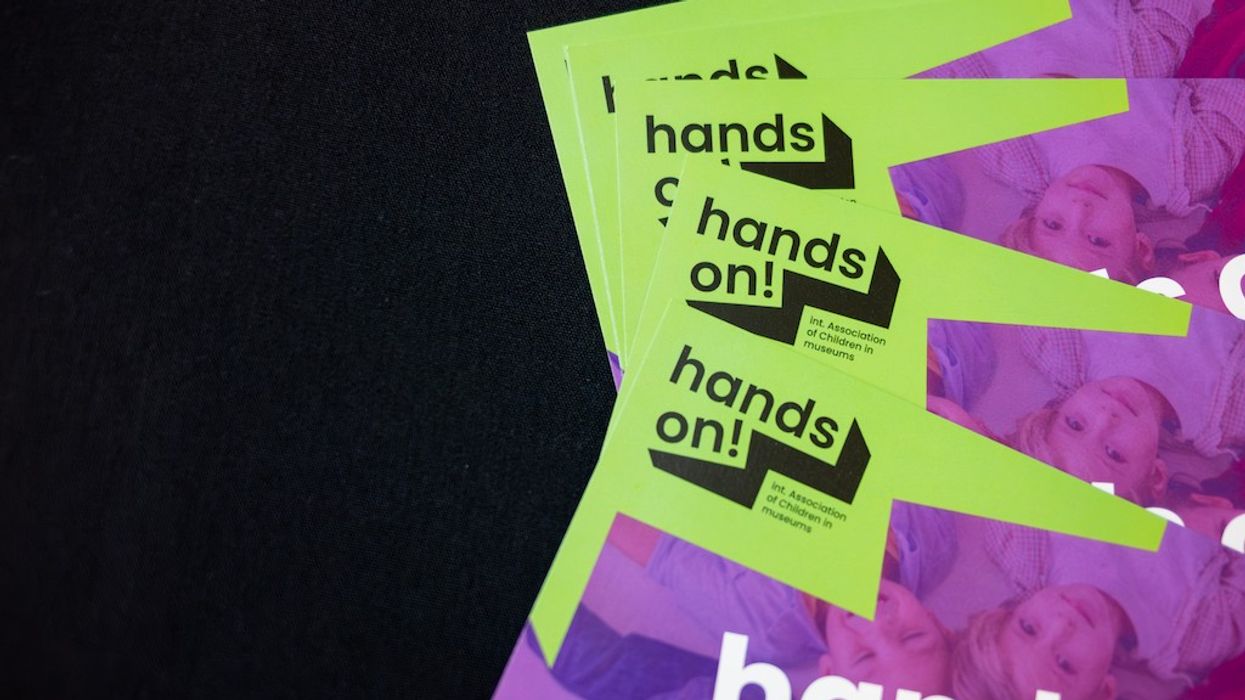
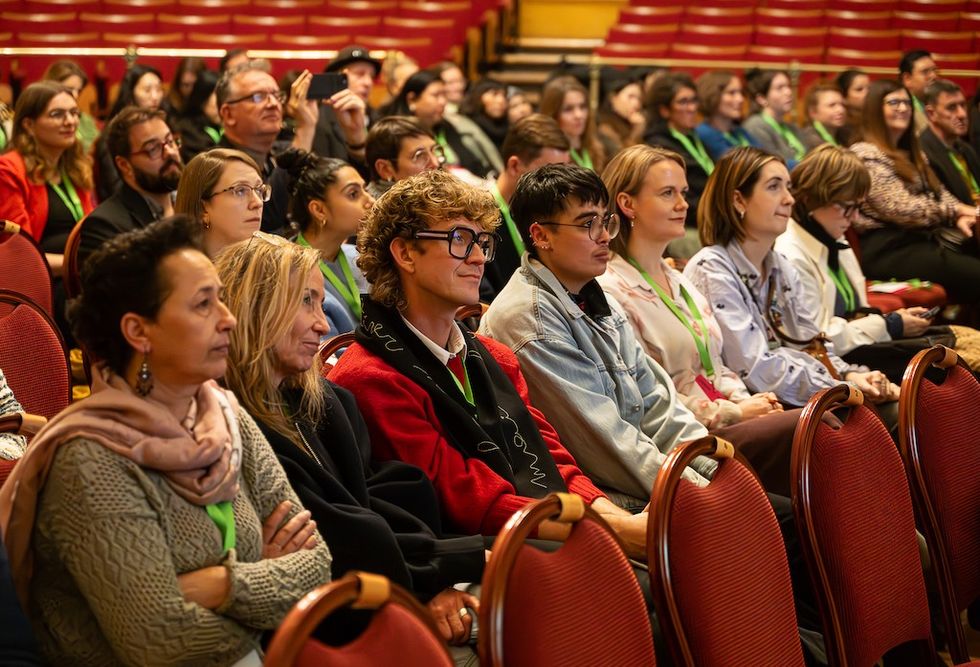
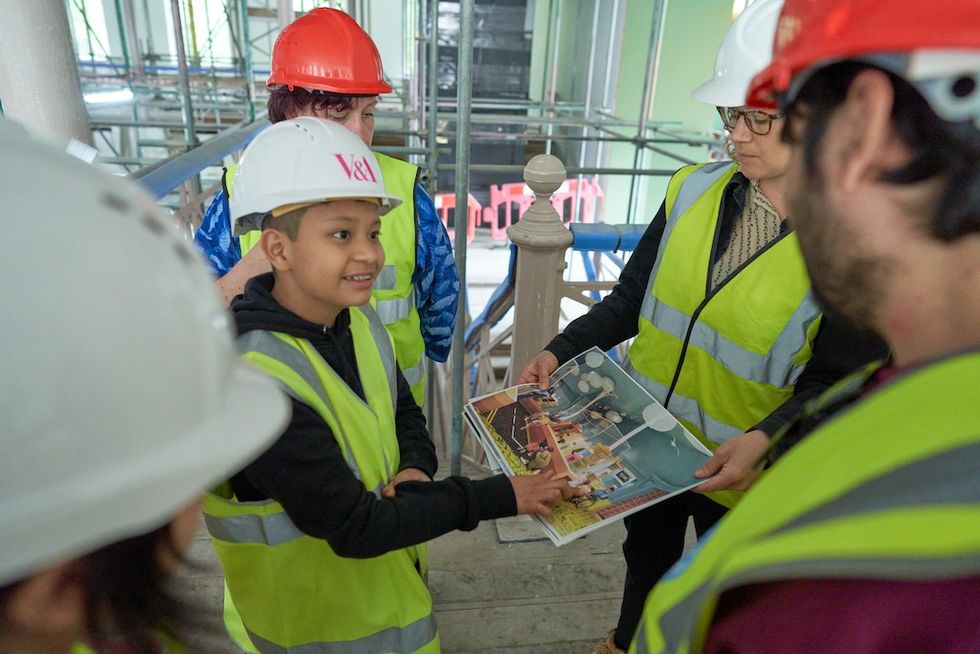 Young V&A Youth Collective members have a tour of the Young V&A construction site. Image courtesy of Young V&A.
Young V&A Youth Collective members have a tour of the Young V&A construction site. Image courtesy of Young V&A. 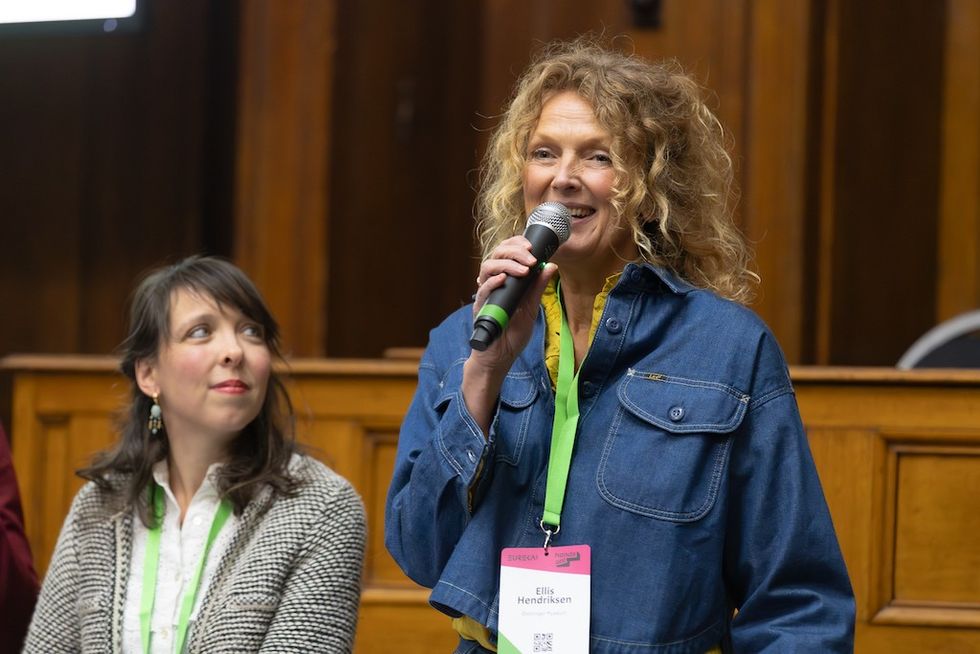 Floriane Perot and Ellis Hendriksen
Floriane Perot and Ellis Hendriksen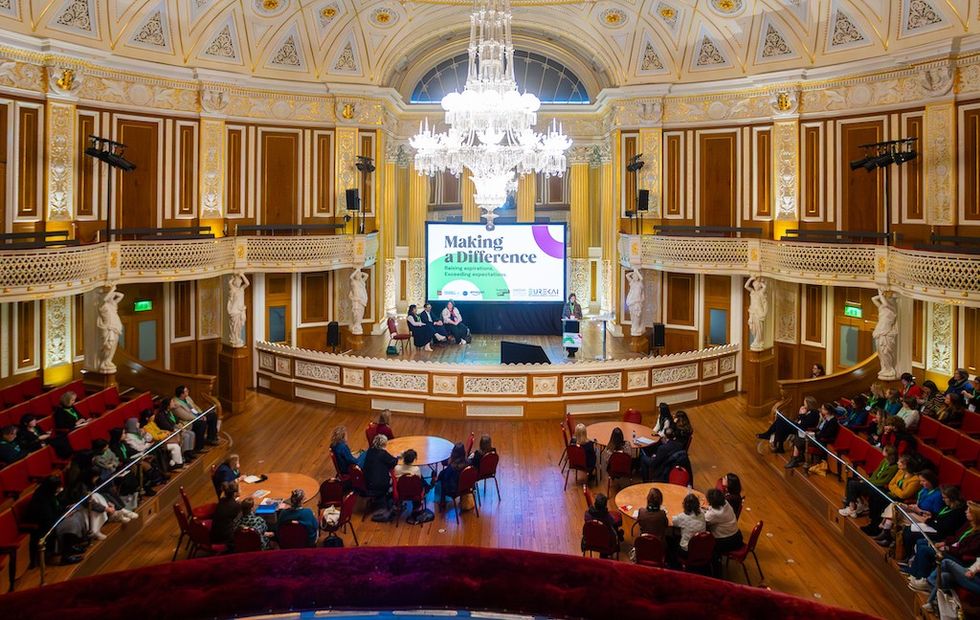
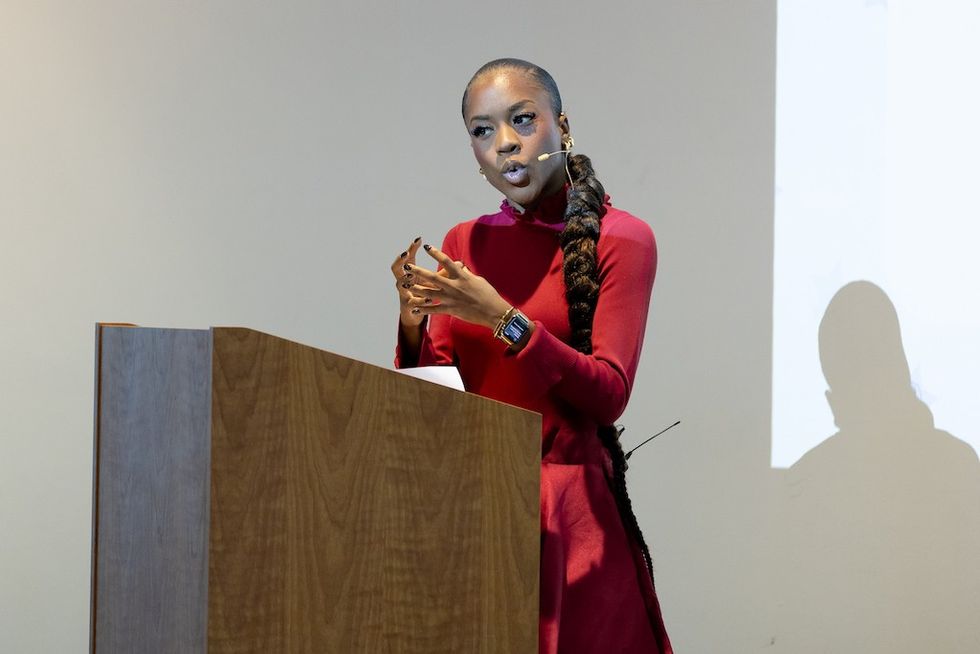 Amber Ogunsanya-William
Amber Ogunsanya-William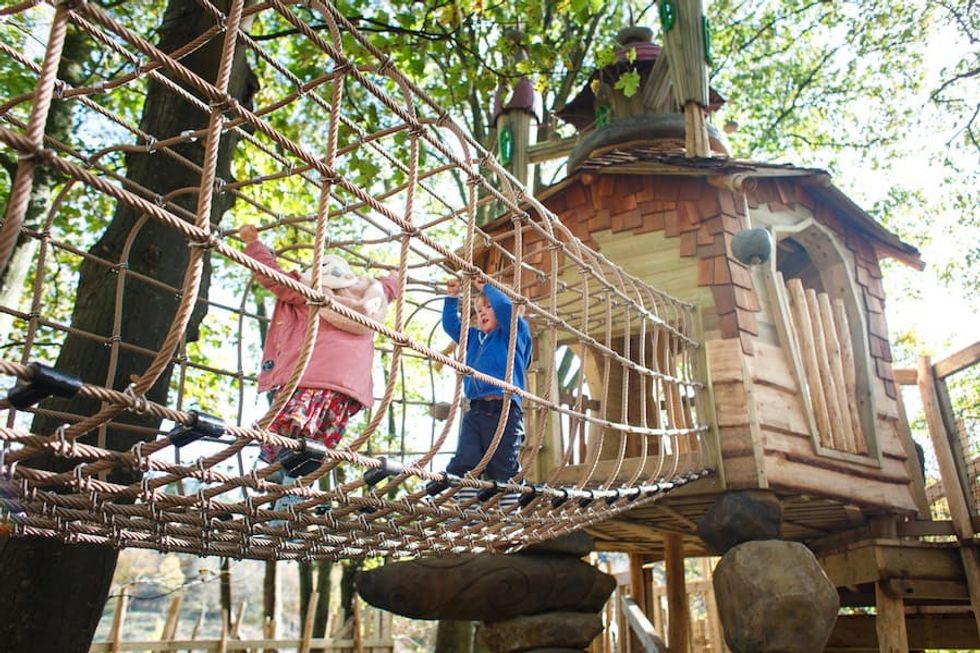 Tumblestone Hollow adventure playground by CAP.CO
Tumblestone Hollow adventure playground by CAP.CO 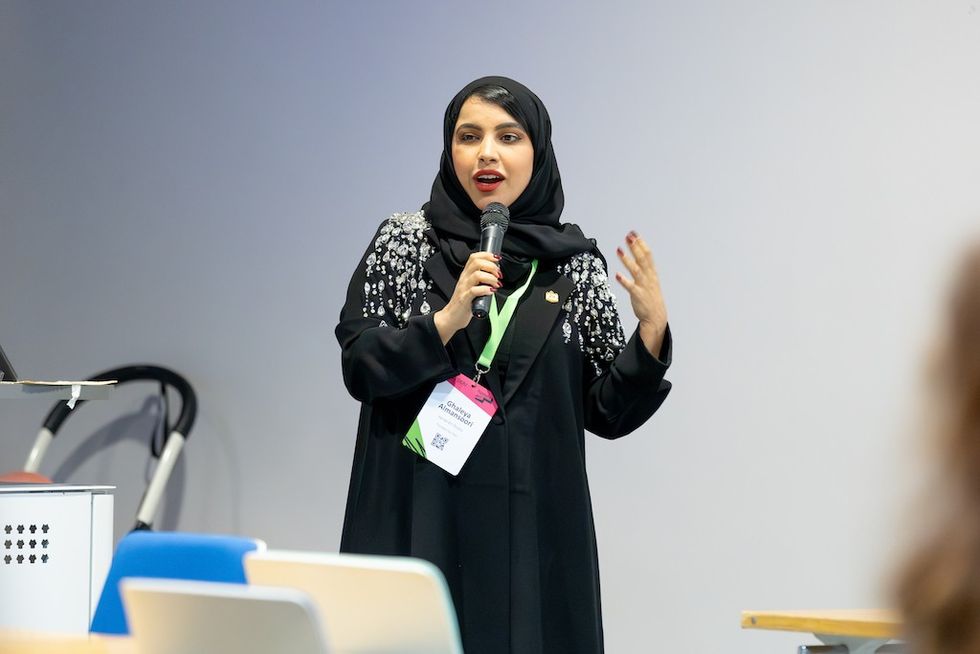 Ghaleya Al Mansoori
Ghaleya Al Mansoori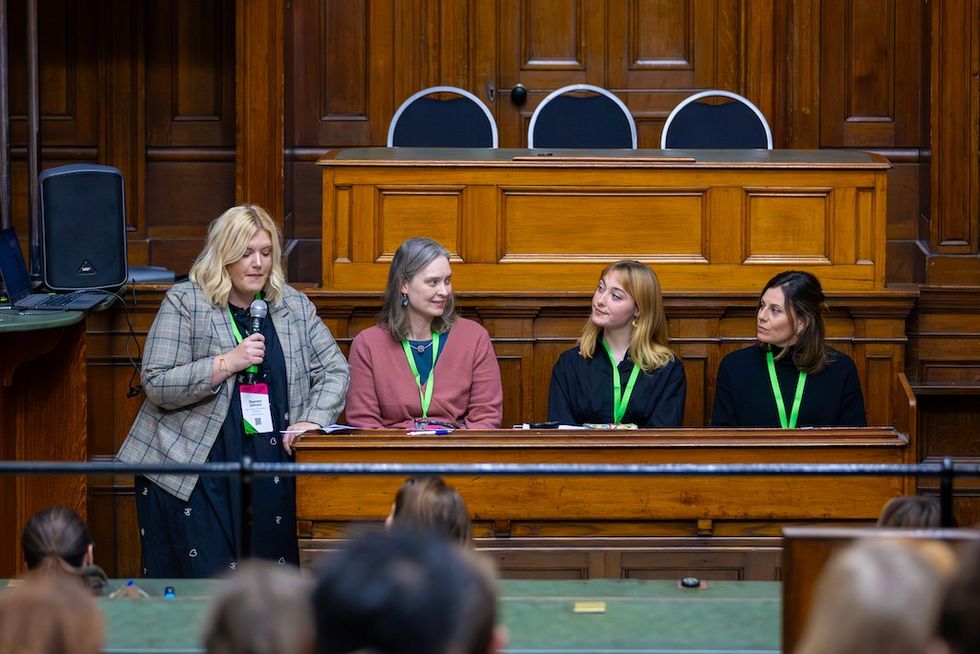
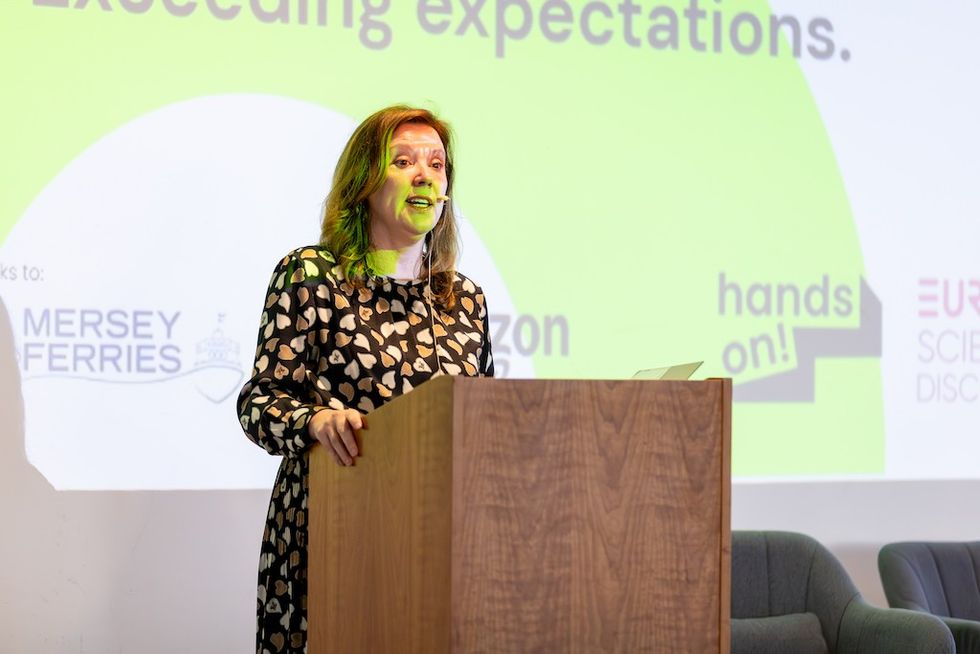 Dame Rachel de Souza
Dame Rachel de Souza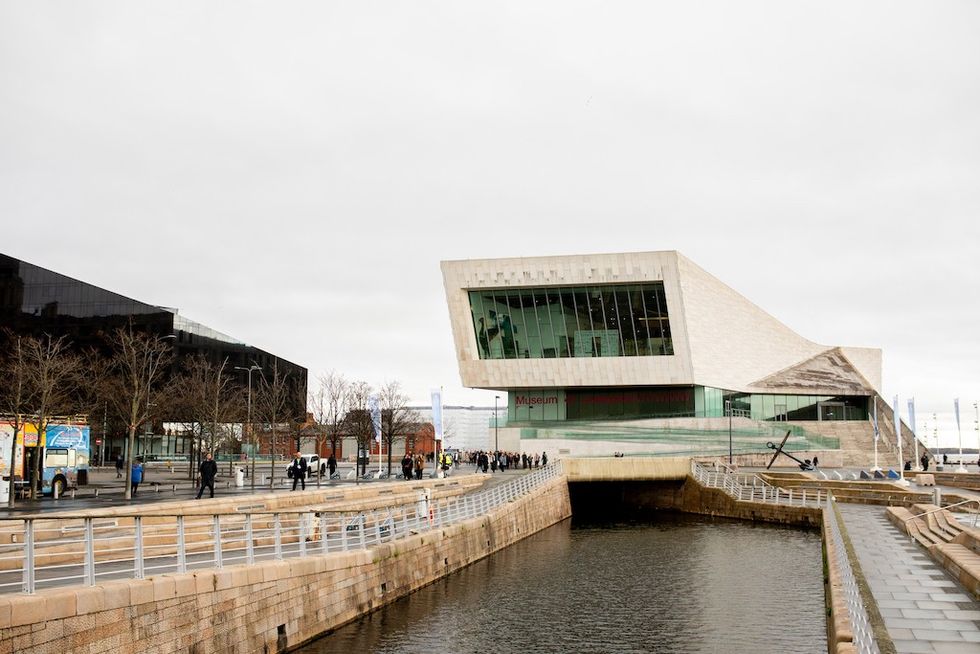 Liverpool Museum
Liverpool Museum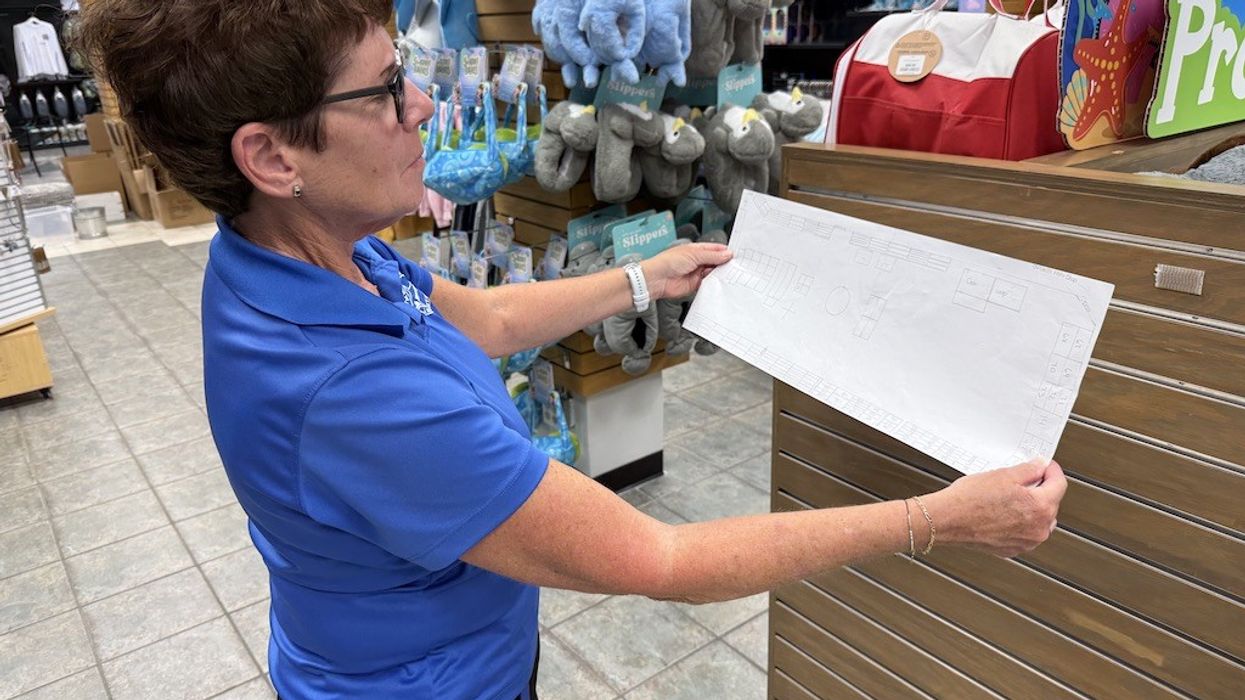

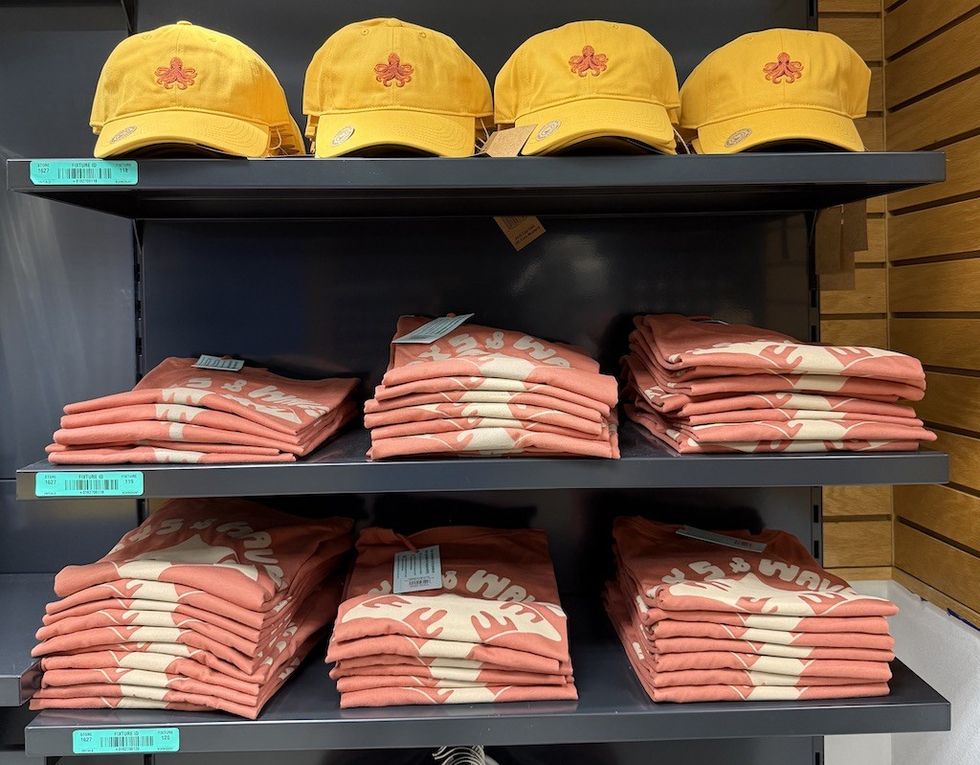
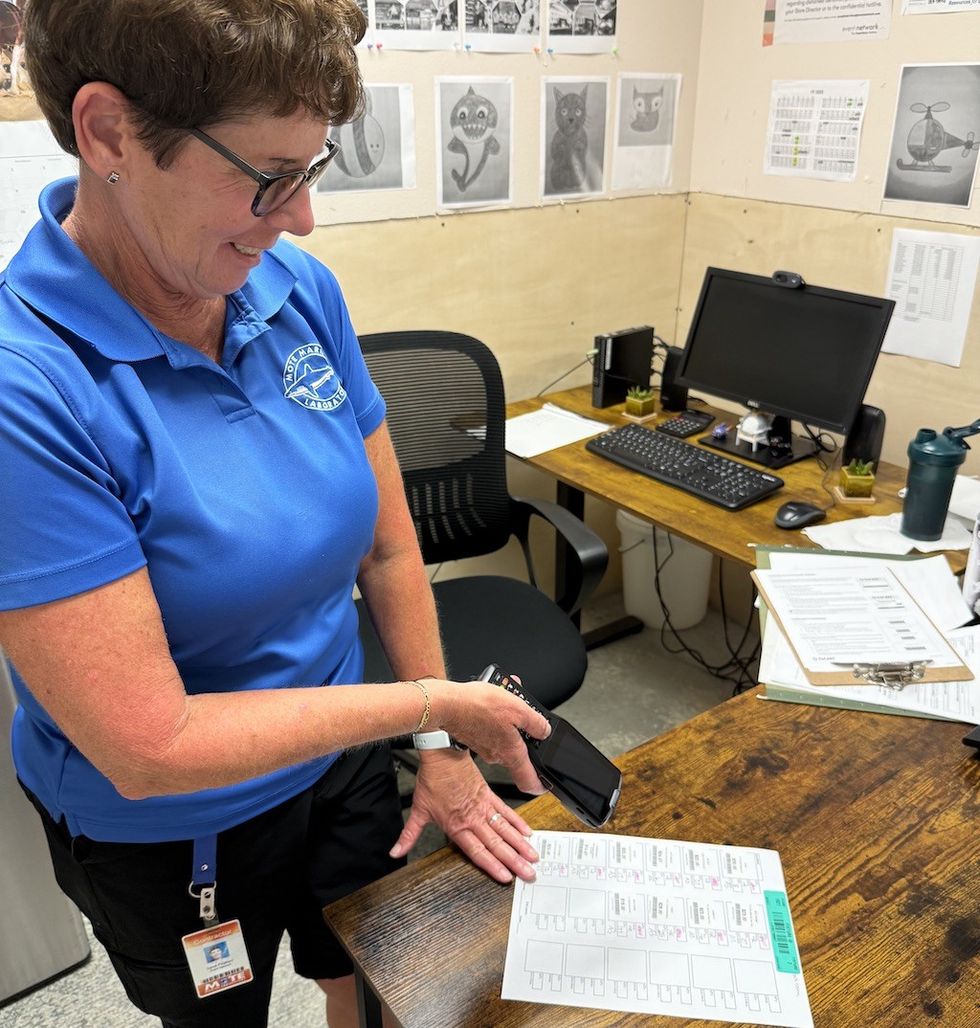


 Guests display a commemorative UN stamp sheet marking the 100th anniversary of the Palace Museum at the UN headquarters in New York, May 2025 (Xinhua)
Guests display a commemorative UN stamp sheet marking the 100th anniversary of the Palace Museum at the UN headquarters in New York, May 2025 (Xinhua)